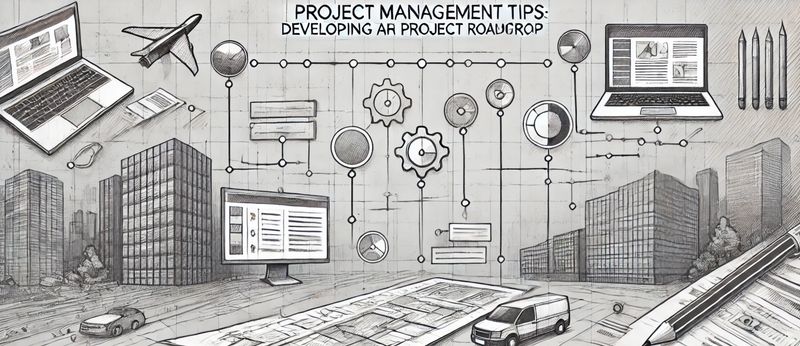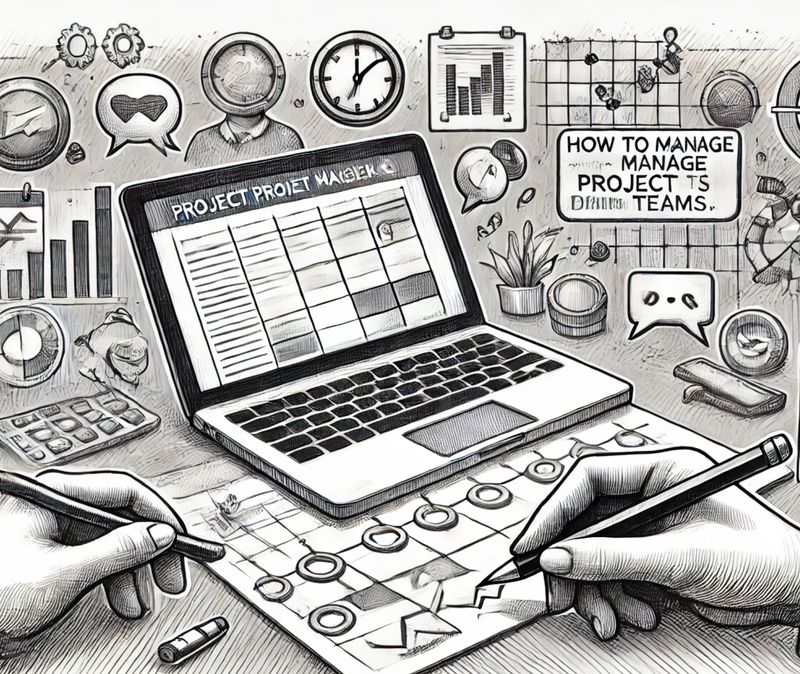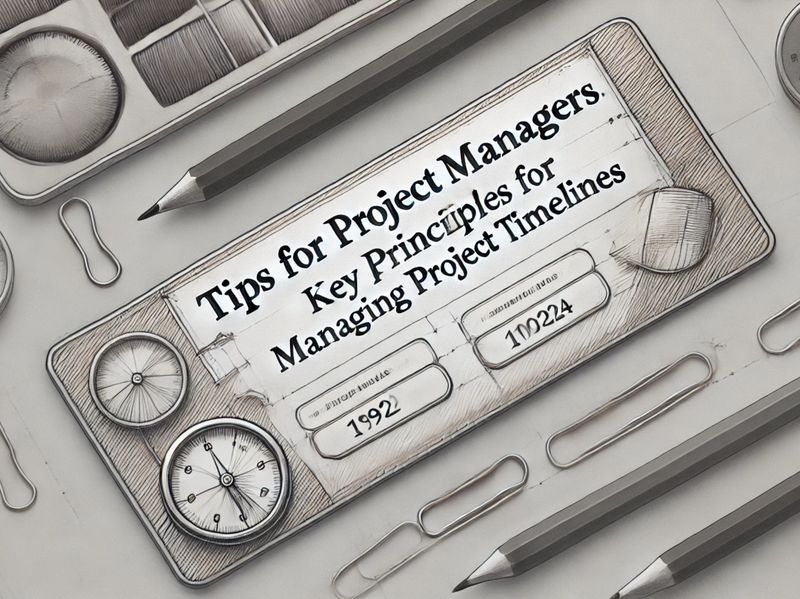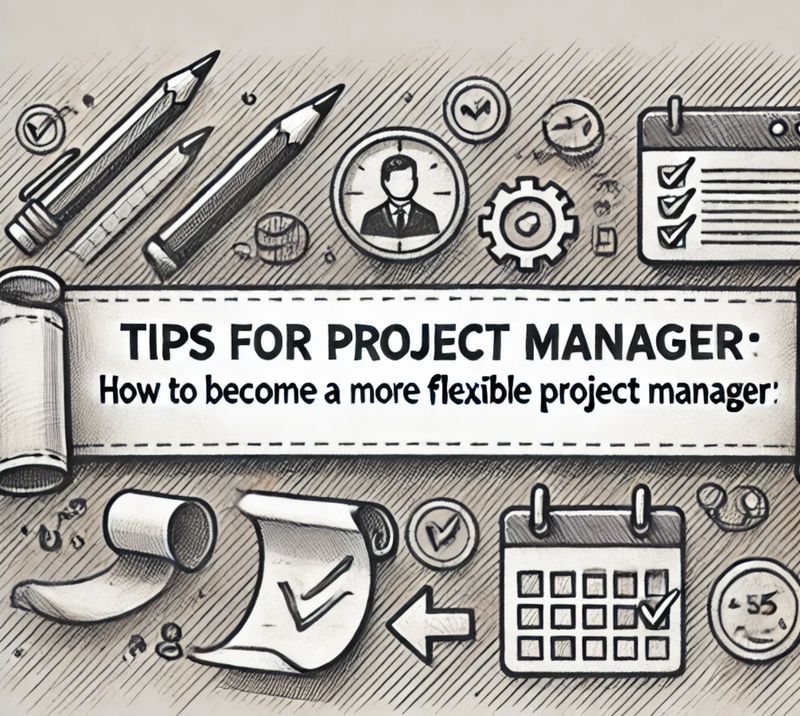Developing a Project Roadmap – What You Need to Know

Establish Clear Goals and Objectives
The first step in developing a successful roadmap is setting clear goals and objectives. Knowing where you want to go helps you map out how to get there and allows everyone involved to understand the purpose and direction of the project. Start by identifying the main purpose of the project. This is your foundation and will influence every aspect of the roadmap. Ensure these goals are achievable and measurable.
Think of goals as broader outcomes and objectives as specific, actionable steps. For example, if your project goal is to launch a new product, one objective might be to complete product testing by a certain date. Use concrete language to describe what success looks like, and avoid vague statements like “improve customer satisfaction.” Instead, specify that customer satisfaction should increase by a certain percentage within a set timeframe.
1. Focus on what the project is trying to achieve rather than how each part will be done. This keeps the roadmap high-level and easy for everyone to follow, from stakeholders to team members.
2. Outline milestones by focusing on significant achievements, such as completion of the design phase or beginning of user testing, rather than day-to-day tasks.
3. Include a clear objective for each phase of the project to give direction and structure. This helps in defining deadlines and measuring progress accurately.
Define Major Milestones
Milestones are crucial to any roadmap as they act like checkpoints on a journey, allowing you to measure progress and adjust as necessary. In project management, milestones typically represent the completion of a significant phase or an important deliverable. Defining these in advance keeps the team motivated and stakeholders informed about the project’s progress.
To create effective milestones, consider what needs to be achieved at each stage of the project. A good approach is to break down the project into logical phases, such as planning, execution, and review. Then, assign a milestone to each phase. For instance, if the project is to build a new software application, some critical milestones could include completion of user research, finalizing the prototype, beginning beta testing, and launching the product.
Example: Suppose your project is to build a customer support app. A milestone in the planning stage could be finalizing the list of app features. During the development phase, a milestone might be finishing the first version of the app for testing.
Communicate Effectively and Adjust as Needed
Even with a solid roadmap, effective communication remains essential throughout the project. Keep the roadmap visible and accessible to everyone involved, and update it regularly to reflect any changes. If unexpected challenges arise, adjust the roadmap to include a new course of action. By doing so, you create a living document that evolves with the project.
Communication is key here, as the roadmap only benefits the project if it’s actively used. Schedule regular check-ins with your team to discuss progress and any potential obstacles. This helps everyone stay informed and engaged, making it easier to work together toward the project’s goals.
1. Review the roadmap at each milestone to ensure you’re on track and make adjustments if necessary.
2. Encourage feedback from team members and stakeholders, especially if adjustments are needed. Their insights can improve the roadmap and ensure the project aligns with everyone’s expectations.
Example: If your project deadline shifts due to unforeseen issues, update the roadmap to show the new timeline and communicate these changes to your team. This keeps everyone aligned and helps prevent miscommunication or delays.





